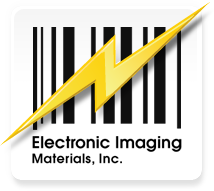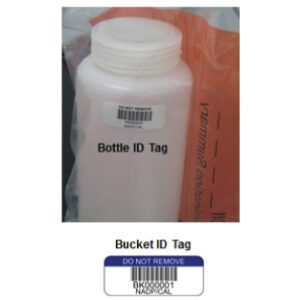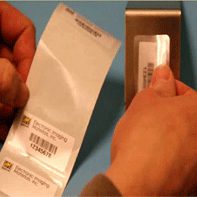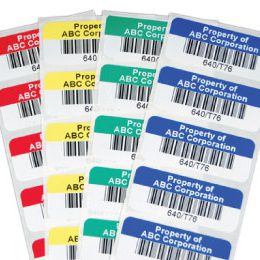Labeling a medical device might seem like a matter of design and logistics. But in the eyes of the FDA, it’s a regulated operation with little room for error. If you’re a manufacturer or distributor in the US medical device space, understanding and complying with FDA medical device labeling rules is essential for market access and risk management.
In this article, we’ll explain FDA medical device labeling, how the Unique Device Identification (UDI) system works, and what you can do to stay compliant and confident in a tightly regulated environment.
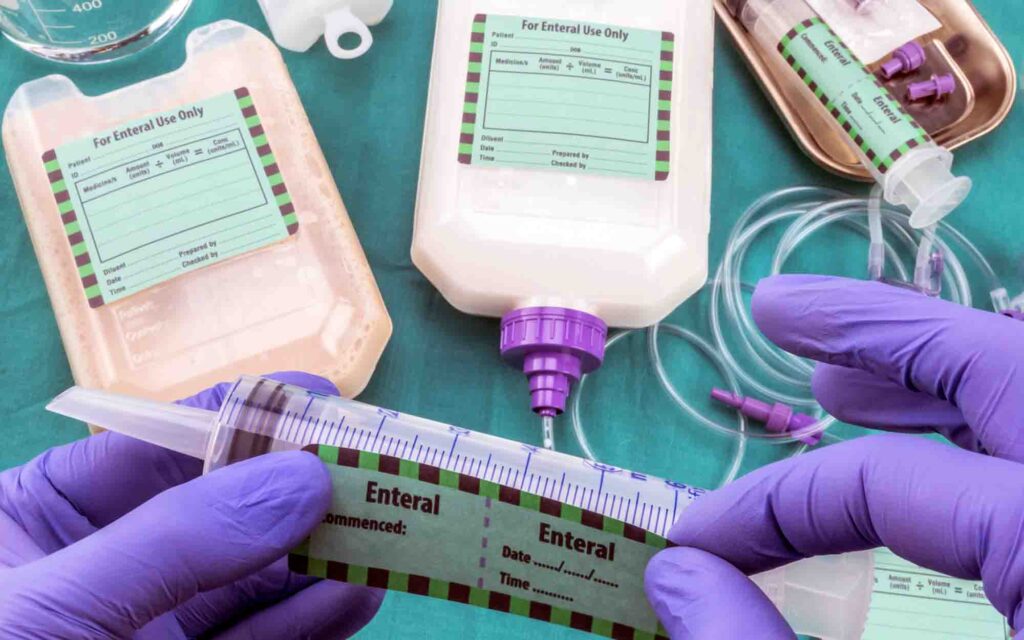
Why FDA Labeling Requirements for Medical Devices Matter
Every medical device sold in the US must meet specific labeling criteria set by the Food and Drug Administration (FDA). These guidelines ensure traceability, transparency, and patient safety throughout the supply chain. Even minor deviations can trigger delays, recalls, or warning letters.
That’s why FDA medical device labeling isn’t just about aesthetics or information clarity. It’s about aligning your label content, format, and data systems with federal law.
What’s at Stake?
- Product approval delays
- Regulatory fines or enforcement actions
- Supply chain disruptions
- Compromised patient safety
Whether you’re launching a new Class II device or modifying a private label medical device already on the market, every update to your label must comply with current FDA standards.
Core Elements of FDA Medical Device Labeling
While label requirements vary based on device classification and intended use, several key elements apply to most products. Understanding these core requirements is critical to achieving compliance and avoiding regulatory complications down the line.
Mandatory Labeling Components
- Device name and intended use
- Manufacturer name and contact information
- Lot or serial number
- Expiration date and manufacturing date (if applicable)
- Instructions for use or a reference to where instructions can be found
- Warnings or contraindications
- UDI barcode and human-readable interpretation
Each of these elements plays a role in ensuring traceability, safe use, and regulatory alignment. The FDA requires that labels remain legible and prominent throughout the product’s shelf life. In some cases, especially with small packaging, specific formatting rules apply, including minimum font sizes and placement.
Where Do Labels Need to Appear?
- On the product packaging (both primary and secondary)
- On the device itself when feasible
- In any accompanying documentation
One of the most common mistakes manufacturers make is applying these elements in the wrong location or omitting them entirely. Ensuring proper placement and formatting is essential for avoiding labeling deficiencies during FDA inspections.
What Is Unique Device Identification (UDI) and Why Is It Required?
The UDI system is one of the most significant parts of FDA medical device labeling. It was introduced to improve post-market surveillance, support recall efficiency, and reduce medical errors.
UDI: A Two-Part System
- Device Identifier (DI): A fixed portion identifying the labeler and the specific model/version of the device.
- Production Identifier (PI): A variable portion that includes lot/batch numbers, expiration dates, and more.
Labeling Expectations Under UDI
- The UDI must appear in both human-readable and machine-readable formats.
- You must submit the DI data to the Global Unique Device Identification Database (GUDID).
- Labels must be tested to ensure scannability and durability.
If you’re labeling a private label medical device, you are still responsible for ensuring that the UDI is properly applied and that all GUDID submissions reflect accurate data.
Common Pitfalls to Avoid in FDA Labeling Compliance
FDA labeling requirements for medical devices are precise, but manufacturers still run into avoidable issues. Here are a few areas where companies often stumble:
1. Outdated Templates
Failing to update label layouts after regulatory changes can lead to inconsistencies or missing fields. Always cross-check your template against the most recent FDA guidance.
2. Incorrect UDI Format
Using the wrong issuing agency format (GS1, HIBCC, or ICCBBA) or misplacing the barcode can result in failed audits or product holds.
3. Non-Durable Print
If your label cannot withstand sterilization, refrigeration, or other handling conditions, it may become unreadable. Avoid touching the label before it fully dries from chemical processing.
4. Mislabeling on Reprocessed or Repackaged Devices
Each time a product is repackaged, relabeled, or modified for resale, the label must be reassessed and updated to reflect current specifications and UDI requirements.
FDA labeling mistakes can delay your product launch or jeopardize your approval status. If you’re unsure about your labeling setup, Electronic Imaging Materials can help. We offer design support and production solutions built for FDA regulations.
Best Practices for FDA Medical Device Labeling
Avoiding non-compliance is just the beginning. The real goal is to develop a resilient, scalable labeling system that grows with your product line and adapts to evolving FDA regulations.
1. Start Label Design Early
Build your labeling strategy into your product development process from the start. If you wait until the last phase of production, you increase the risk of missed requirements, rushed decisions, and costly delays.
2. Choose Compliant Materials and Print Technology
Select label materials and adhesives that will stand up to every phase of your device’s journey. This includes sterilization, refrigeration, physical handling, and exposure to moisture or abrasion. Test your materials to ensure durability and legibility.
3. Automate UDI Data Submission
Use integrated software tools to manage your UDI data submissions to the GUDID. Automation reduces manual entry errors and streamlines updates across multiple products, especially helpful for larger portfolios.
4. Conduct Regular Label Audits
Treat labeling as a living system, not a one-time task. Regular audits can catch issues early, like outdated templates, formatting mistakes, or incorrect UDI entries, before they lead to compliance problems.
5. Engage a Labeling Expert
Work with a partner who understands FDA regulations and has the tools and experience to help you apply them efficiently. A knowledgeable labeling provider can ease your internal burden, recommend best-fit materials and print methods, and help future-proof your strategy.
How FDA Compares to Other Labeling Systems
While this article focuses on US requirements, many global manufacturers also need to consider compliance with the European Union’s MDR, Health Canada’s regulations, and other regional systems. Each has its own approach to labeling and UDI.
However, if the US is your primary market, FDA medical device labeling should remain your foundation. Understanding its expectations makes it easier to adapt to other regulatory bodies as your product portfolio expands.
EIM Is Your Partner in Regulatory-Ready Labeling
Electronic Imaging Materials has been helping medical device manufacturers navigate complex label regulations for over 30 years. Our labeling systems are purpose-built for compliance with FDA medical device labeling requirements, from label stock to adhesive to UDI barcode readability.
We support:
- High-performance materials tested for sterilization, abrasion, and cryogenic storage
- On-demand and preprinted labeling systems
- UDI data consultation and barcode verification
- Custom solutions for private label medical device programs
Connect with EIM today for FDA-compliant labeling expertise that scales with your product line and keeps you inspection-ready at every turn.
Best Practices for Optimizing Label Performance
No matter which category your device falls into, following these best practices can significantly reduce labeling risks and enhance overall performance:
- Choose materials based on the actual environment they’ll face. Prioritize durability in the face of heat, chemicals, or moisture, not just price.
- Pay close attention to adhesives. They are vital to maintaining label integrity, especially under stress from sterilization or handling.
- Validate durability under realistic conditions. Simulated cleaning and sterilization cycles can reveal weaknesses before they reach the field.
- Make sure all barcodes and text remain readable under typical lighting conditions and scanning workflows.
- Be strategic about label placement. Avoid positioning on high-friction zones or tight curves that can cause peeling or distortion.
Labeling With Purpose, Built for Performance
Your label ensures compliance, protects patients, and keeps your supply chain flowing. And whether your product is used once or a hundred times, its label should support that mission.
Electronic Imaging Materials offers labels that go the distance. From rugged single-use device labels to advanced systems for reusable instruments, we offer:

Materials that resist sterilization, solvents, and abrasion

Adhesives tailored for your substrate and lifecycle

Barcode systems that support full traceability and compliance
> Reach out today and let’s build a labeling solution that works as hard as your device does.
